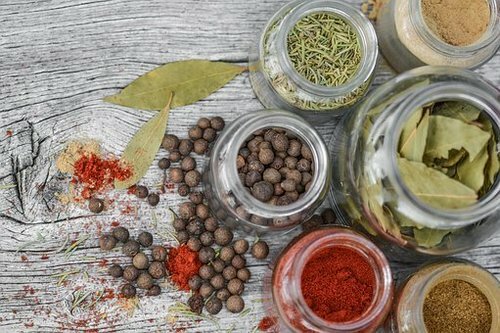Medicinal Plants: The Complete Healing Package
By Patrick Jones
 More and more, people are choosing natural, herbal medicines to address their ills rather than pharmaceuticals. These remarkable plants have a reputation for being powerfully curative and often have wider margins of safety and fewer negative side effects than pharmaceuticals. There are two things that account for many of these advantages.
More and more, people are choosing natural, herbal medicines to address their ills rather than pharmaceuticals. These remarkable plants have a reputation for being powerfully curative and often have wider margins of safety and fewer negative side effects than pharmaceuticals. There are two things that account for many of these advantages.
Bioavailability
Bioavailability is the ease with which a substance can be used by our bodies. Mammals have been ingesting plants for a very long time. Our organs and tissues know just what to do with them. Our cells know how to absorb them and employ their beneficial components. In fact, when we take a drug, our bodies essentially ask, “So, what plant is this like?” in order to absorb, process and eliminate it through existing metabolic pathways.
Multiplicity of Actions
In the good old days, pharmaceutical companies used to employ scientists called ethnobotanists. They would send these fellows to search the world for new cures. The ethnobotanists would visit remote areas to find what local healers were using for infections, bellyaches, cancers and whatnot. They would then load up all the plants and take them to a laboratory where chemists would analyze and identify the chemicals in the plants. The chemists would then look at the 50 or so chemicals in a plant and pick the one they thought was responsible for the plant’s curative power. Then they’d manufacture pills that synthetically approximated that chemical. These pills invariably have risks and side effects that were not present in the original plant. Why? Because the other 49 chemicals in the plant were doing things too, like improving absorption or digestion, or decreasing negative side effects.
Even more importantly, plant medicines typically approach a problem from several different angles. Penicillin contains exactly one chemical that kills bacteria; Calendula contains several. Calendula also contains chemicals that are immune-stimulating, anti-inflammatory and that accelerate healing of damaged tissues. Calendula, like most medicinal plants, is a complex, broad-spectrum healing package. Separate and isolate those multiple properties, and we have something much less beneficial than the original. Other herbs are similarly complex in their benefits.
St. John’s wort is another good example. Unlike Prozac, which contains only one chemical that influences brain chemistry, St. John’s wort offers the brain a broad palette of medicines from which to choose. It also has powerful antiviral properties and is excellent topically for skin inflammations and nerve pain.
The reductionist science of the modern pharmaceutical industry seems to subscribe to the old adage, “less is more.” But these days, people everywhere are discovering and embracing the idea that, with regard to the benefits of using medicinal plants, more is more.





